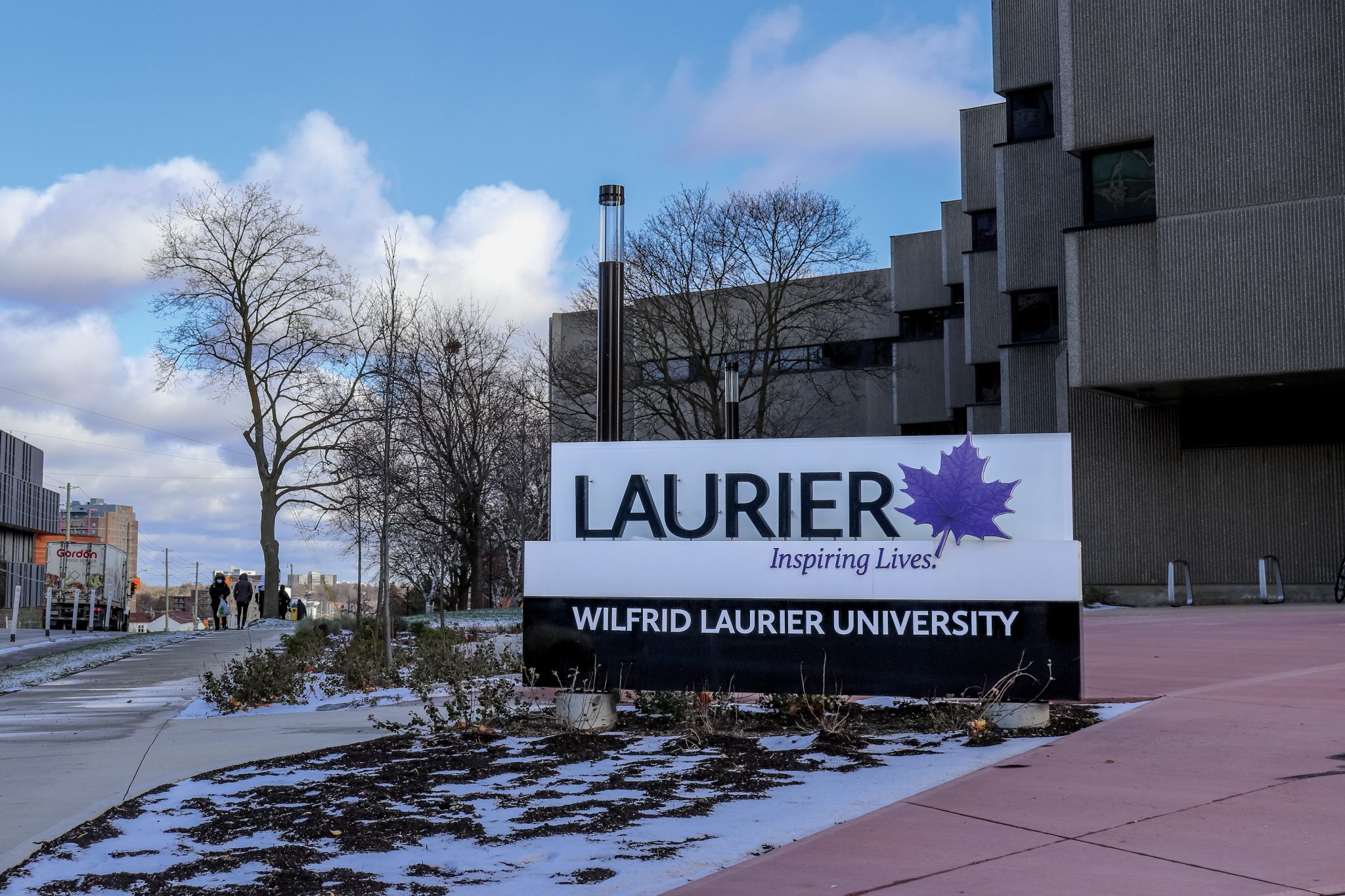Mission on the Moon is engaging students and educators across Canada

Mission on the Moon is a contribution agreement between the Canadian Space Agency, Wilfrid Laurier University and InkSmith – a 3D printing and tech-education company founded by WLU alumnus Jeremy Hedges. Hedges also founded Canadian Shield PPE, which 3D printed headbands for plastic visors during the COVID-19 pandemic.
According to a WLU press release, Mission on the Moon is part of the Canada Space Agency’s commitment to “investing in research and educational initiatives related to space science and technology.”
“We’re developing, in collaboration with InkSmith, this six-module space STEM educational program for Canadian youth,” sulie Mueller, associate dean and professor of education at Wilfrid Laurier University and Mission on the Moon’s principal investigator said.
The program will begin in Waterloo and then expand across Canada.
Educational modules in Mission on the Moon will focus on “the background content and knowledge across Canadian astronauts and technology like The Arm,” Mueller said.
It will also aim to teach students important computational skills that are transferable to innovative industries more broadly.
Students at WLU will play a critical role in the development of Mission on the Moon and its objectives.
“Our masters courses may undertake some of the research components … we see it as a cross-faculty ed initiative that’s very exciting,” Maria Cantalini-Williams, dean of the faculty of education at WLU and co-investigator said.
Ideal outcomes for the project include outreach to underrepresented groups in STEM fields, such as BIPOC communities and girls/women.
They also include long-term engagement with the educational material being developed. In addition to short-term reach, “which is the outcome that is often required for government funded programs,” the project aims to inspire students for the long-haul.
Questions like “are [students] engaged and what impact does it have?” are important to ask, Mueller said.
The ultimate goal, said Cantalini-Williams, is “to find out if [teachers] see that some [students] are more interested than they used to be.”
“The short-term would be the students now, and the long-term might be to see if there’s a sustained interest in STEM education.”
Another important outcome, said Mueller, “is really looking at how teacher education approaches this.”
The Ontario K-8 educational curriculum is science was updated last week to include “STEM skills and Robotics, and AI and coding.”
Given this update, “it’s important that we may be able to develop another approach to educating teachers, preparing teachers and working within that triangle of the schools and teachers, the universities and faculty of education, and industry partners and community partners.”
Mueller is hoping for both input and output from these key players, which ensurethat “we’re not working in isolation so that kids are addressing this at school and not necessarily having to attend a camp after school to learn how to code.”
“Part of the inspiration was to make learning around STEM – both for students and the teachers – as authentic as it could be, and this is one way to do that,” Mueller said.
According to WLU’s press release, “Mission on the Moon is projected to engage nearly 300,000 Canadian youth.”

